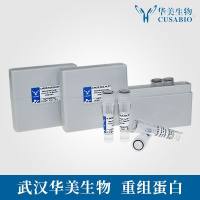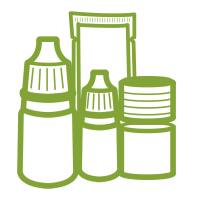Templated Mineralization by Charge-Modified Cowpea Mosaic Virus
互联网
627
Templated mineralization of virus particles provides routes to narrowly dispersed nanoparticles that are not readily prepared by other means. The templated mineralization of metal or metal oxide on the external surface of wild-type cowpea mosaic virus (CPMV), a plant virus, is facilitated by increasing the external surface negative charge. This is achieved by the chemical modification of surface lysine groups by succinic anhydride. Hence, for example, treatment of charge-modified CPMV succinamate with a 1:2 mixture of iron(II) and iron(III) salts, followed by raising the pH to 10.2, led to the formation of narrowly dispersed, CPMV-templated, magnetite (Fe3 O4 ) nanoparticles.









